When Coal was King (Alberta Badlands)
Today we’re visiting an abandoned coal mine in the Alberta Badlands of the Red Deer River Valley. It’s a region once home to over hundred such operations and mostly what’s left today are hidden remains like you’ll see here. Many of these mines were substantial in size, this one included, only you’d never know by looking around the site. There’s not much left. This post takes us back to earlier in the the twentieth century, when coal was king.
Into the 1950s and even a bit beyond, it not only powered industry, but also used domestically. That is for heating homes and cooking, but later replaced, for the most part, by natural gas and/or electricity in most locales. To service the demand back in the day, countless mines, both big and small operated all over Alberta. There’s lots of that material under the province and they barely scratched the surface.
When Coal was King (Alberta Badlands) – a long closed mine hidden away and forgotten, with Chris Doering & Connie Biggart (BIGDoer/Synd)
Do the same…
These Drumheller area mines employed countless folks who toiled underground and in gruelling conditions. It’s horribly dangerous work and murder on one’s body. With changing markets post World War Two, most of these closed down in the two decades to follow. Those mines catering to domestic-coal markets, and the material in the Drumheller area mostly of that variety, were particularly hard hit. By the late 1950s, most around here were but a memory, although a few hung on a bit longer.
If you could time travel and then take a drive up and down the valley, say in the first half of the 1940s (peak production), and do the same today, what a difference you’d see. No matter where you looked then, there would be mine in view and nearly everyone in the valley employed in the industry or in someway connected. You couldn’t escape it.
When a mine called it quits, most of infrastructure, like buildings, were simply bulldozed and the remains carted away. Usually less than thorough in their cleanup, odd bits were often left behind, however. Think nuts and bolts and scrap wood bits, but it could be something bigger too. Examples we come across often include old coal cars and lengths of rail.
All this chatting takes us to the mine seen here and in business from the early 1940s to early 1950s period. A continuation of an earlier mine a little to the west, but with new owners it otherwise was an all new operation. This one had a rather long haulage tunnel and the actual workings are some distance back from the lip of the valley. To get there, they passed right through sections of a completely different mine (closed a few years prior) and beyond.
They pulled over a half a million tonnes of black diamonds from the ground in those ten years of production. That’s on average something shy of a couple hundred tonnes per working day (assuming a six day week) and for ten years straight. Of course, production is rarely so steady and subject to ebbs and flows, but you get the idea. That would fill about four or five rail cars of the era, per day. A good-sized mine in terms of output, by local standards and of the time, it came nowhere close to being the most productive in the valley.
To put things in perspective a large pit mine out in BC (in service of the metal industry or shipping export thermal coal) can extract several times that much material in a single year. It’s an apples and oranges comparison, though.
This mine came fairly late on the scene in the Drumheller Coal Fields and few (big operations anyway) would come after. At the end of World War Two, dozens operated in the valley but fast forward twenty years and only a handful were left. This wholesale changeover decimated the local industry and many miners were left unemployed.
Coal here was of the Sub-bituminous variety (so middle of the road stuff), and most mines in the valley produced something similar. The seams here averaged just under two metres in height and pretty typical for the field. Elsewhere in the province you could find much thicker seams, but here they were nothing bad either. Easy to extract, close to markets, and a fairly good product – what’s not to like?
Where as a lot of coal mined in the Red Deer River Valley made its way to Calgary and surrounding areas or headed north, the output here got shipped east into Saskatchewan via the Canadian Pacific Railway. The mine had a loading spur not far away.
There’s only odd bits scattered about to give a hint at what once stood here. There’s the usual stuff, unidentifiable metal chunks and such, bits of pipe and wire and more screws than one can count, and much weathered wood.
A couple old coal cars cling to the steep slope and on flat sections, the remains of rotted ties can be seen. Mines in the area used rail haulage and odd lengths of this track can be found scattered about this site. Of course, there’s the always present red shale in the dump pile and if you see this material in the valley, it means a coal mine operated close by.
Finding an entry portal is rare and these were always sealed up and then usually covered over for safety reasons. Even if exposed, the always shifting soil in the valley, often obliterated any evidence anyway, and to find one intact like this quite odd. That’s it’s made of concrete is unusual too and most in the area were wood lined instead. That’s because coal mining firms were cheapskates then, with wood low cost and plentiful.
This entry’s partly buried due to shifting slopes and each year we bet it’s a little more covered.
Some reinforcing metal used in its construction has been exposed as the concrete has weathered and degraded. Back then, any old bits lying around would work and we’ve seen old rails, car springs, flat iron, length of pipe or cable and nearly anything else used. They put in a mesh here, but an old chain is also seen. Concrete often got mixed on site in those days and usually inconsistent in quality.
You can see impressions of the wood formwork used in the making of this portal, including details as small as knots and grain. At the rate the slope moves, we expect it’ll be fully covered one day, and then the mine will be totally forgotten. An archive search turned up no photos of this last incarnation, but we’re sure there’s something out there, somewhere.
We find some natural rock formations that look as though man made not far from the portal. They’re similar looking to “Tessellated” pavement formations seen in photos we found online, but we think aliens had a hand in it. It’s a sign.
Our friend and film noted photographer, Rob Pohl joined us on this adventure and being the ambitious type, he climbed to the top of the valley to survey the mine site from above, in case we missed something. Nope, this is it. He’s no stranger to regular readers of our website and we often collaborate. It’s always a good time and a learning experience.
Know more (new window): Drumheller Coal Mines.
If you “dig” this post, stop by often for more new and interesting content posted regularly.
They’re saying…
”Always amazed to see what these two manage to find out about in the history of Alberta.” Candy Belliveau (thank you!)
Mining history’s a passion…
Coal Mine Fan House (Alberta Rockies).
Monsters of Metal: Diplomat Mine.
Crowsnest Pass Coal Mine Fan House.
If you wish more information on what’s seen here, don’t hesitate to: contact us!
Date of Adventure: May, 2022.
Location(s): Alberta Badlands.
Article references and thanks: Alberta Energy Regulator and our dear friend Rob Pohl for hosting us (again).
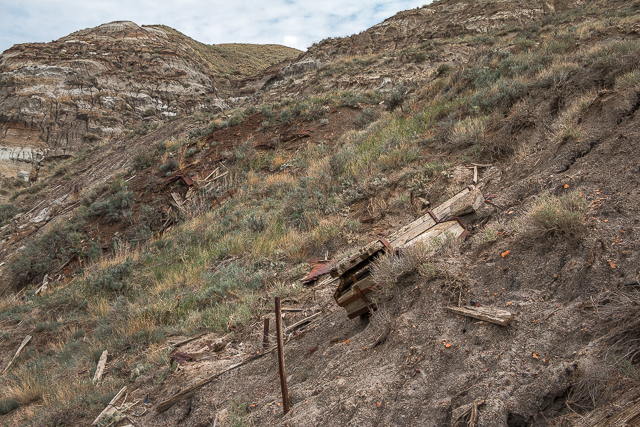
Remains at a mine in the Alberta Badlands.
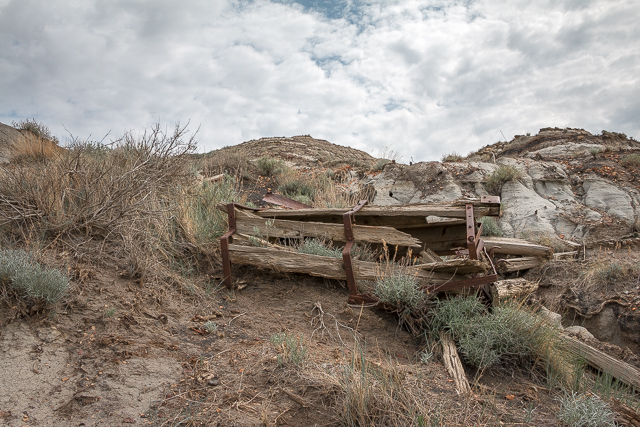
A coal car blends in with the background.
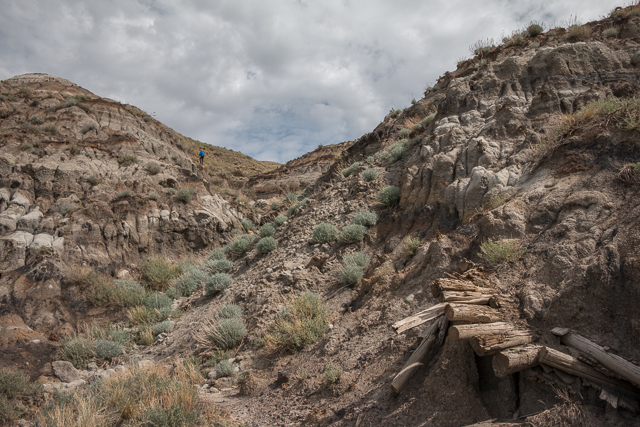
Our friend Rob Pohl (blue dot) scouts out a viewpoint.
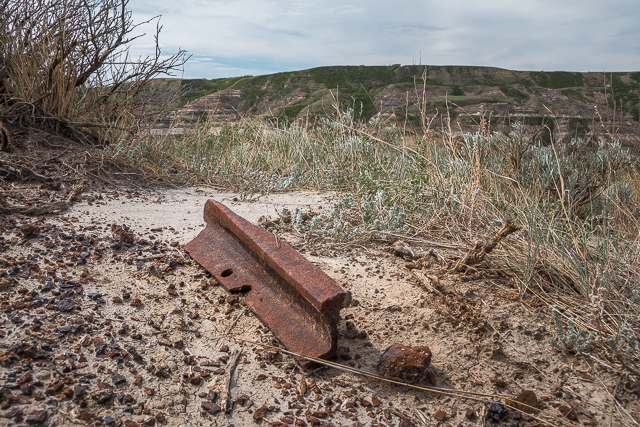
A few mine rails were scattered about.
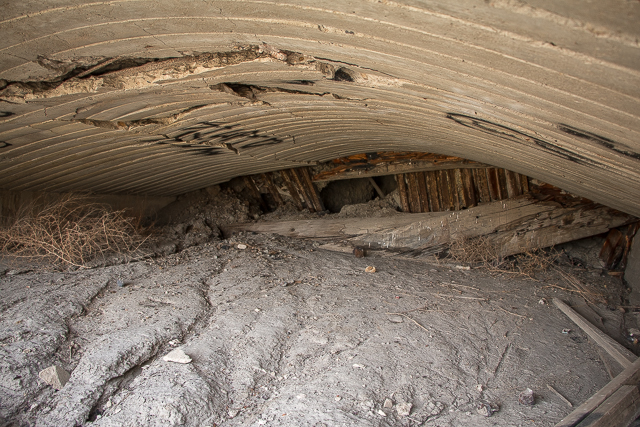
The entry is sealed a few feet back.
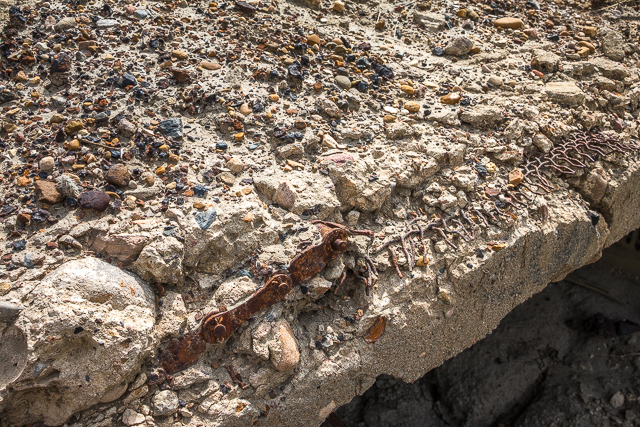
Odd bits of reinforcing metal in the concrete portal.
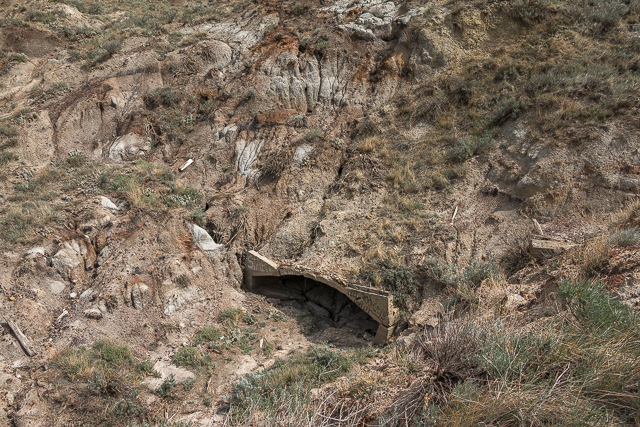
Taking us back to when coal was king.
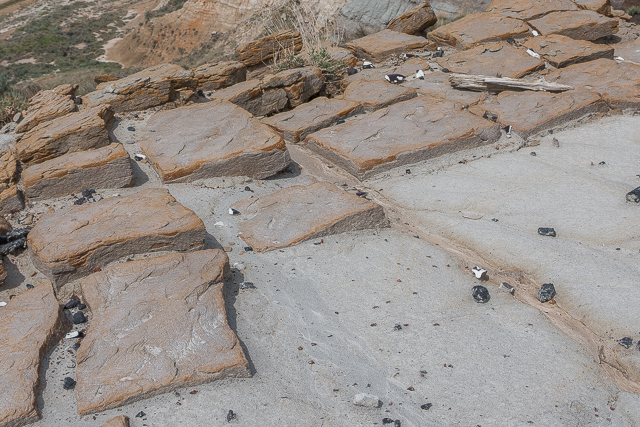
Natural formations that almost look man made.
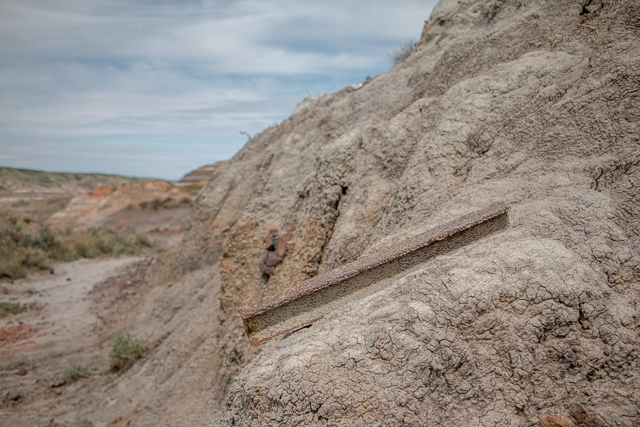
This mine closed in the ’50s.
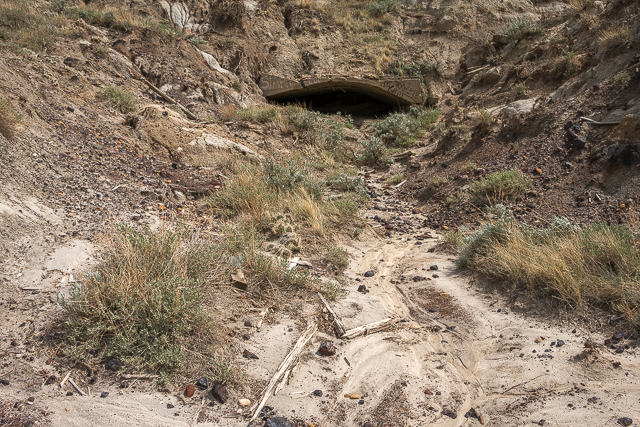
Shifting soil will cover it one day.

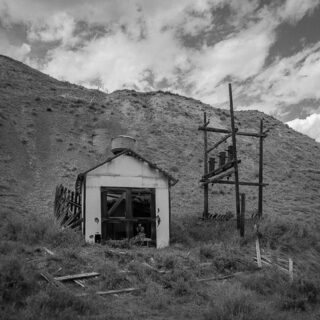
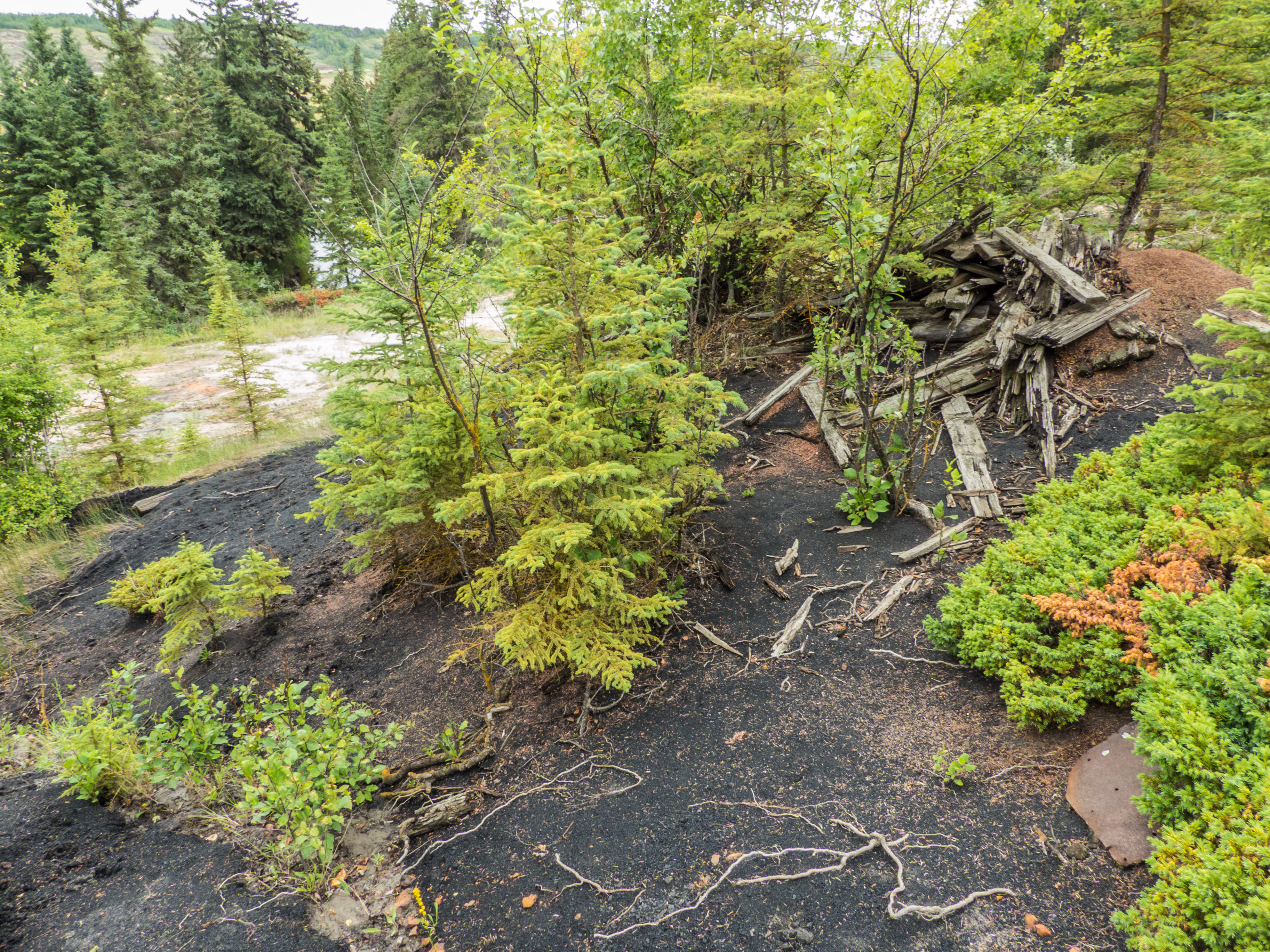
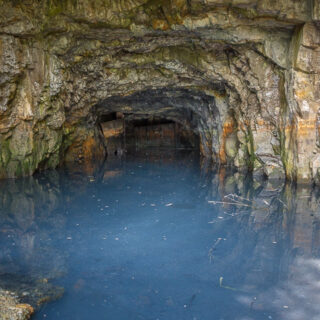
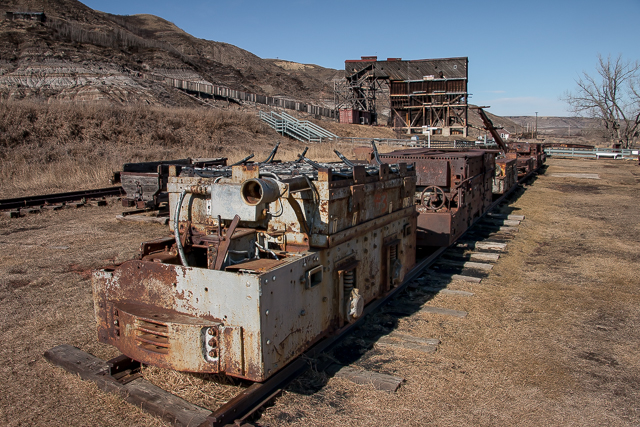
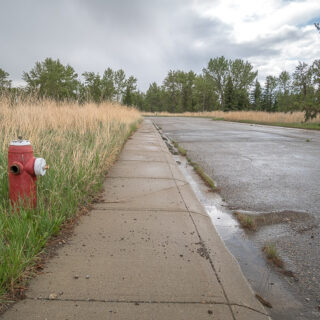
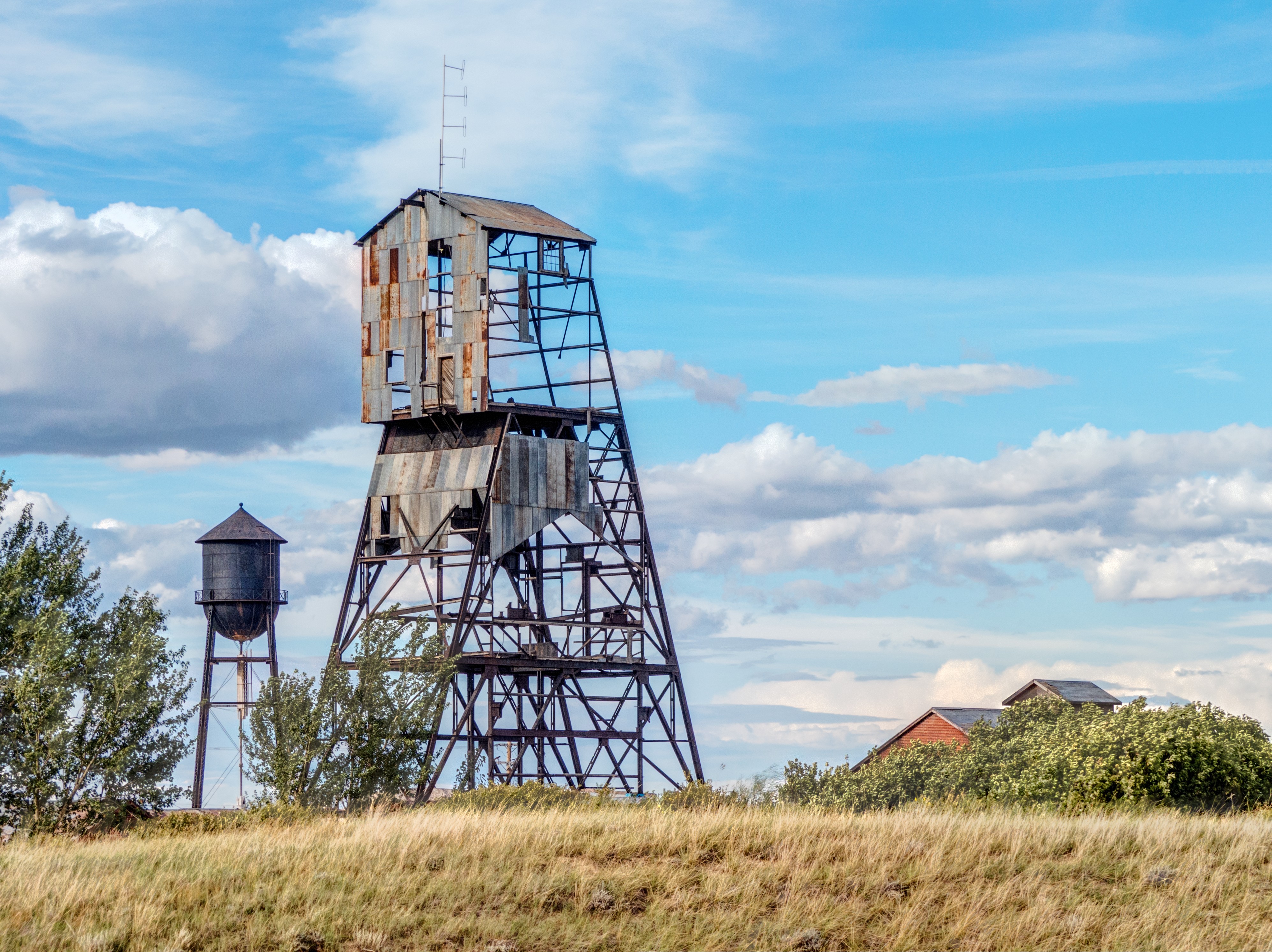
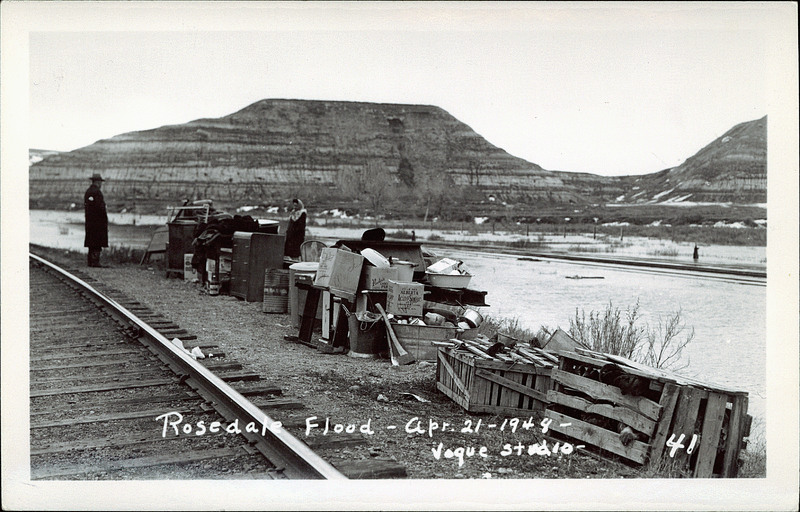
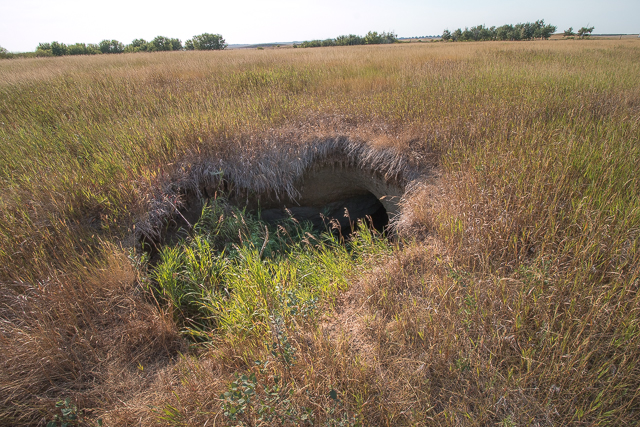
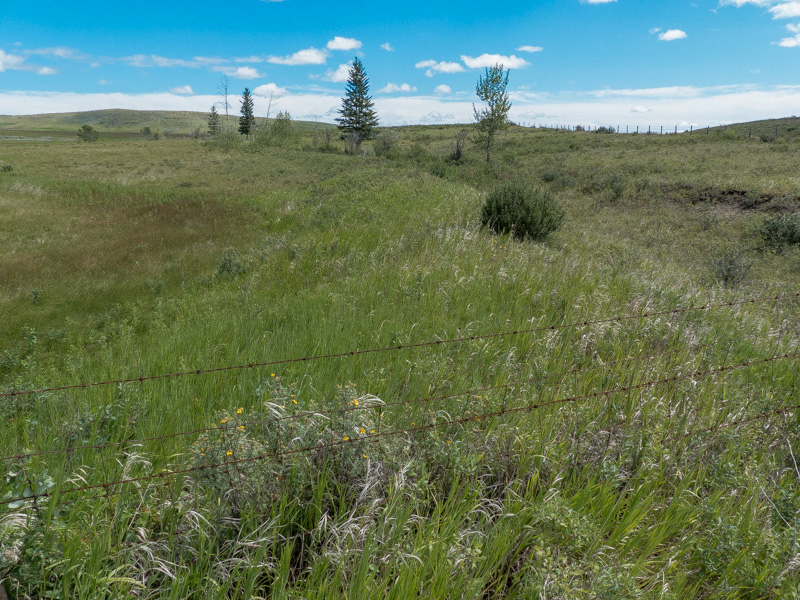
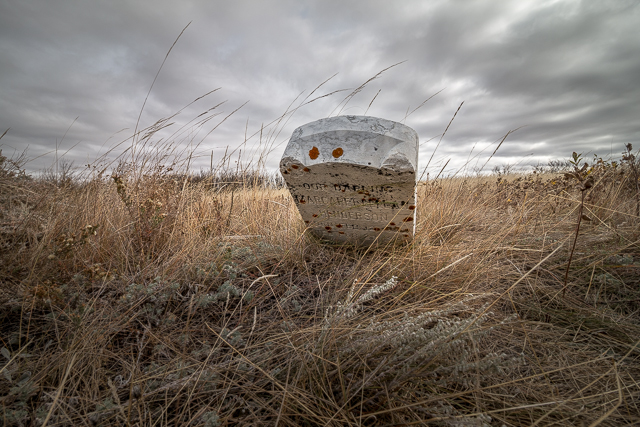
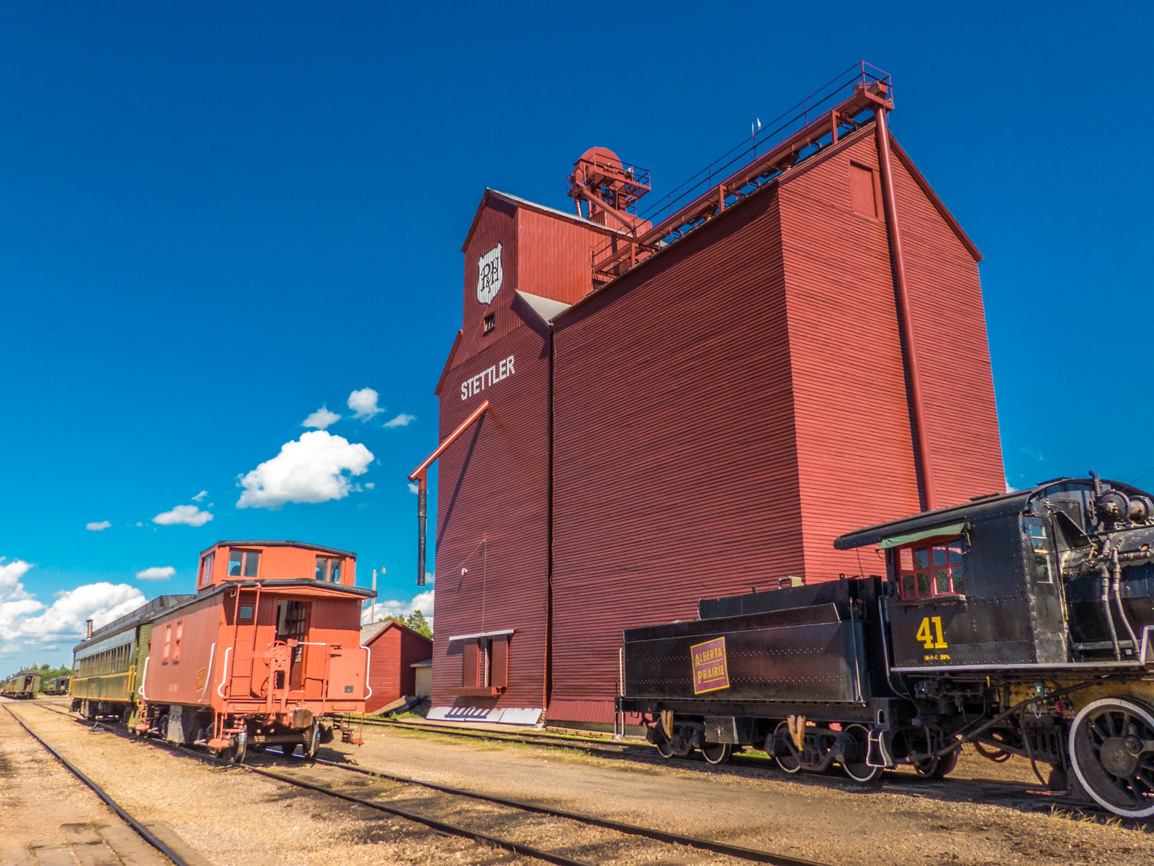
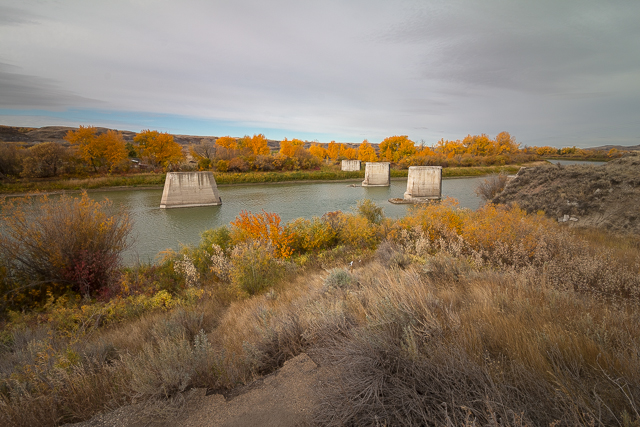







Wow very cool!!
Nice shot!